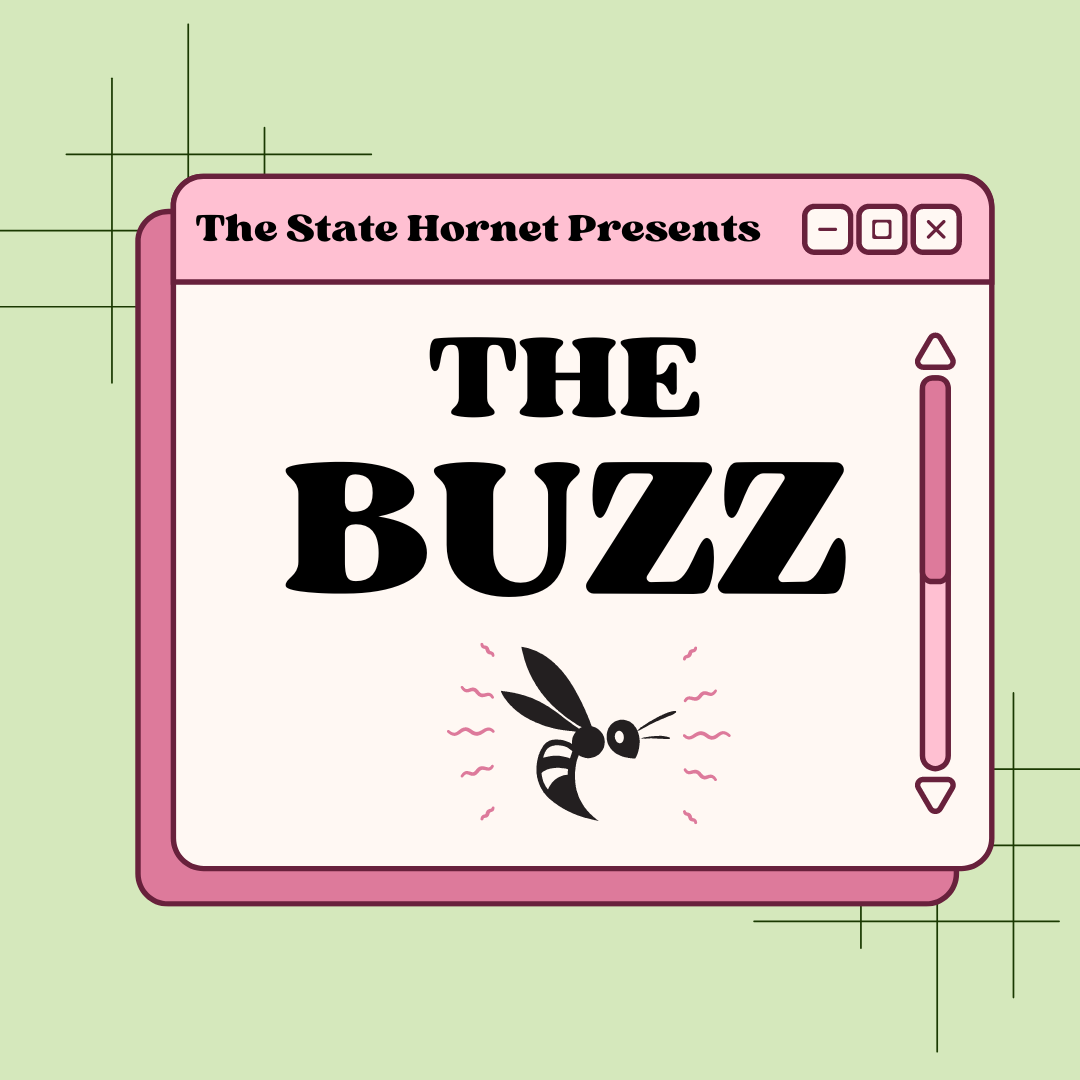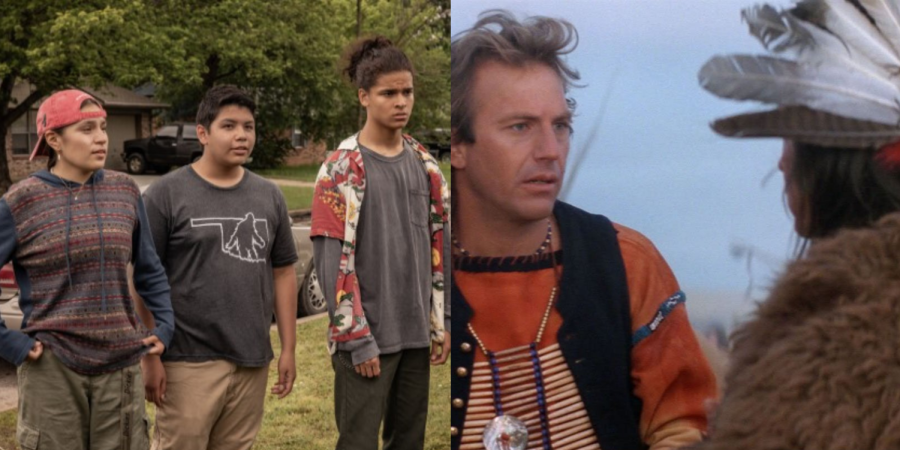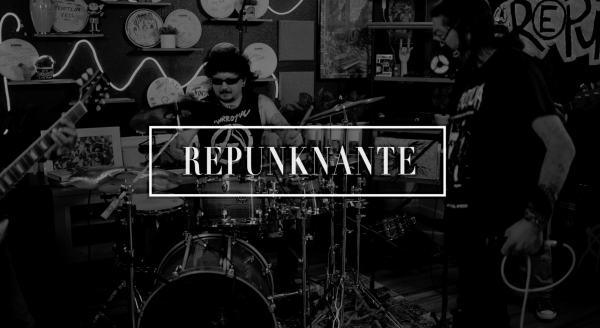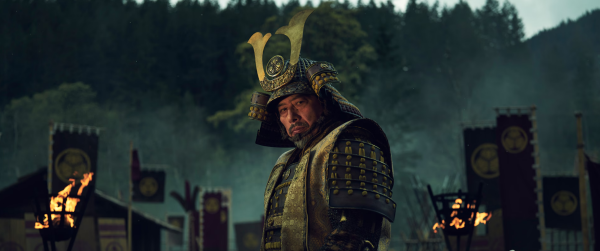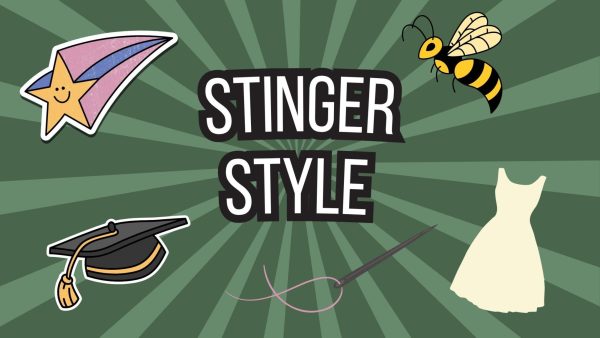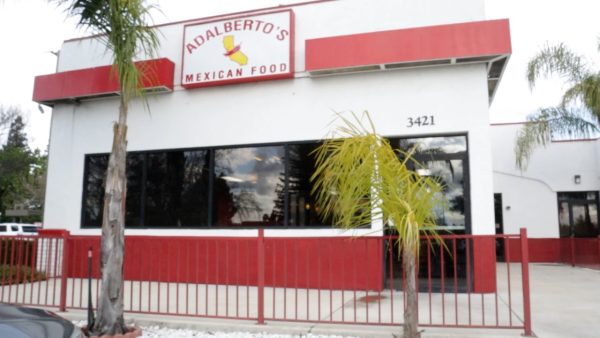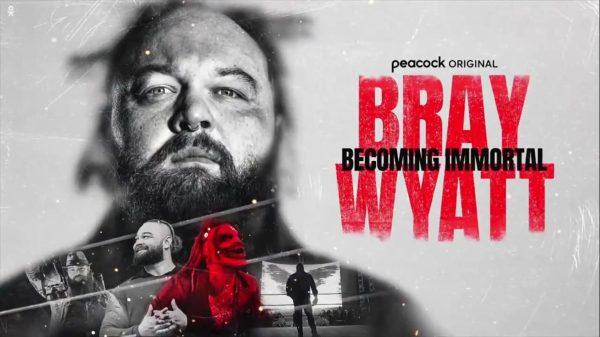Native Americans in entertainment: the ‘good’ and the ‘bad’
“Reservation Dogs” (2021, left) takes the extra time to show Native communities in the modern day to demonstrate the fact that they do still exist, whereas “Dances With Wolves” (1990, right) portrays Native Americans plays off of the “white savior” trope while simultaneously perpetuating the erasure of modern Native people that has become so common. (Images courtesy of FX/Hulu and Orion Pictures)
November 4, 2021
With the commencement of Native American Heritage Month , it’s important to consider ways to learn about Native American history in ways that depict Native people accurately without prejudice.
From long, in-depth documentaries, all the way to culturally topical sitcoms, there are a myriad of films and TV series that attempt to depict Native culture with varying degrees of nuance.
With so many sources to choose from, it can be hard for a non-Native audience to know which ones are accurate and which fall into Native stereotypes.
To provide that insight, The State Hornet has compiled this list of films and TV series that contain Native American characters or themes that are strong representations of the culture or serve to perpetuate stereotypes and prejudices toward Native Americans.
The Good
“Rutherford Falls” is a sitcom series exclusively on Peacock and stars Jana Schmieding, a member of the Cheyenne River Sioux Tribe.
The show follows Reagan Wells, a member of the fictitious Minishonka Nation and her friendship with Nathan Rutherford, the descendant of Rutherford Fall’s founder.
Throughout the series, Wells struggles to find the balance between her friendship with Rutherford who is under scrutiny for defending the statue placement of “Big Larry,” his colonial ancestor, and the relationship with her tribe.
“Rutherford Falls” is fantastic at showing modern Native identity. The show also has the first Native American showrunner, Sierra Teller Ornelas, who is Navajo. It’s clear to tell that “Rutherford Falls” does what many shows depicting Native people fail to do: show Native people in a modern day setting.
Overall, “Rutherford Falls” is a lighthearted treat that voices Native stories without falling into stereotypical tropes. With sprinkles of Native humor and showcasing the talents of Schmieding, the show is expected for a second season.
The Bad
“Dances With Wolves” is a 1990 historical western starring Kevin Costner as a retired Civil War soldier who chooses to abandon his life and live in the wilderness with the Lakota Sioux people, who eventually befriend him.
While the film’s depiction of the Sioux people is somewhat historically accurate, its depiction of the Pawnee is largely based in historical misconception, painting them as the overly violent and vengeful “villains” of the film.
While historical evidence suggests that the Sioux and the Pawnee were routinely at war with one another at several points throughout American history, in reality the Sioux were larger and more powerful and would likely have been the aggressors in any major conflict between the tribes.
Historical inconsistencies aside, the film also suffers from the all-too-common “white savior” trope, which involves telling the story from the perspective of a white, usually male protagonist who saves the native people from destruction with his superior firepower and tactical knowledge.
This is a trope common in many American westerns and films about Native Americans in general, and it always serves to portray the white men in the stories as a necessary force to preserve the lives of Indigenous people, as if they are not capable of defending themselves.
The Good
A show told by Indigenous writers Sterlin Harjo and the Academy Award winning Taika Waititi, “Reservation Dogs” follows the story of four Native teenagers living on an Oklahoma reservation. With dreams of running away to California, the teenagers find themselves in plenty of mischief while overcoming the struggles of being a Native youth.
Like “Rutherford Falls,” this year’s “Reservation Dogs” has become a trendsetter for Native representation. Unlike most mainstream shows about Native people, the show is written for a Native audience. Throughout each episode there are plenty of nods to Oklahoma Native culture and jokes a Native audience understands firsthand.
For example, in episode three of the show the teens are visiting Uncle Brownie, portrayed by the legendary Gary Farmer, and they come across an owl statue. In this scene the owl’s eyes are pixelated out as the teens quickly turn away and cover their eyes. This is a reference to owls being seen as a harbingers of death in some Native cultures.
While a show like “Reservation Dogs” is long overdue, it succeeds in highlighting Native issues like mental health and the complexity of Indigenous identity.
“Reservation Dogs” stars a wonderful cast that debuts Paulina Alexis, a member of the Alexis Nakota Sioux Nation, D’Pharaoh Woon-A-Tai, who is Oji-Cree, and Lane Factor, who is Caddo and Seminole Creek. It also stars Devery Jacobs, who is Kanien’kehá:ka Mohawk, known for her work in the show “American Gods” and the independent film “Rhymes for Young Ghouls.”
A comedic coming of age story, “Reservation Dogs” is arguably one of the best shows of 2021 for its all-Indigenous writer’s room, brilliant cast and captivating storytelling.
The Bad
“Peter Pan” (1953) contains perhaps Walt Disney Studios’ most egregious depiction of Native Americans to date.
While the film is largely based around fantastical elements like magic, pirates, mermaids and fairies, it does contain a prominent plot point revolving around the local natives of Neverland, who are all depicted with bright red skin and wearing stereotypical “war paint” and headdresses akin to the prejudices against Native Americans in racist political cartoons.
The film features a song called “What Made Red Man Red,” during which the tribe is shown speaking in guttural tones, very much in line with cultural misconceptions about Native Americans at the time.
J.M. Barrie, the author of the book on which the film is based, was born in 1860 and grew up in Victorian England at a time where the popular sentiment among those in the British Isles was that the British Empire was everlasting and great, which resulted in a plethora of violently racist depictions of those deemed “inferior,” including many Indigenous peoples.
The Good
“Bury My Heart at Wounded Knee” is a 2007 historical drama series adapted from the true story of the Lakota and their forced exodus from their homes in the mid 1880s.
This series was groundbreaking for its depiction of the systemic suppression of Native cultures and people by the United States military, a topic that is still the subject of much sensitivity among Americans today.
The show focuses in large part on the story of Sitting Bull, a Hunkpapa Lakota who led his people in revolts against American imperialism for decades until his death in 1890. Sitting Bull is played by Mohawk actor August Schellenberg.
“Bury My Heart at Wounded Knee” is sort of a reaction to the “white savior” complex of many stories depicting Native American history, showing how the people stood up for themselves in the face of overwhelming odds.
The movie is very much a testament to the resilience of Native American heritage and showcases classic Native talent like Adam Beach who is Anishinaabe and Duane Howard from the Mowachaht First Nations band.
The Bad
“The Ridiculous Six” is a 2015 comedy starring Adam Sandler, serving as a parody of American western films.
The film features many jokes about bodily functions and racial stereotypes, many of which involve Black or Native American people.
The film presents Native Americans in some of the most clichéd ways possible, often relying on the “Hollywood Indian” trope from the early days of American Cinema, which depicted Native Americans as “noble savages” who value nature and spirituality but enjoy killing and promiscuity towards white people.
While it is possible the film’s writers did not intend for this to be taken as an insult toward Native people , the ignorance with which they approached the humor in the film is representative of the lack of knowledge and social consciousness put into many of the modern depictions of Native Americans in popular cinema today.
The film was the subject of outrage among Native actors that were cast in it, leading to a massive protest that garnered national media coverage.
How can we do better?
The films listed in the “good” category represent stories that depict Native Americans accurately while remaining true to the core beliefs and values of Native communities in question.
Aside from letting the underrepresented cultures take the stage in place of their oppressors, it is also important for filmmakers and writers to remember that Native Americans still exist and their stories do not end with the wild west days.
Modern filmmakers must learn that representations of Native Americans in film do not only have to be in the context of historical events or war.
Shows like “Reservation Dogs” on Hulu and “Rutherford Falls”on Peacock are breaking this trend by depicting Native American characters in the modern age in settings that focus on the relatable, day-to-day aspects rather than highlighting cultural suppression.
It is time for the rest of Hollywood to do the same.






































































































